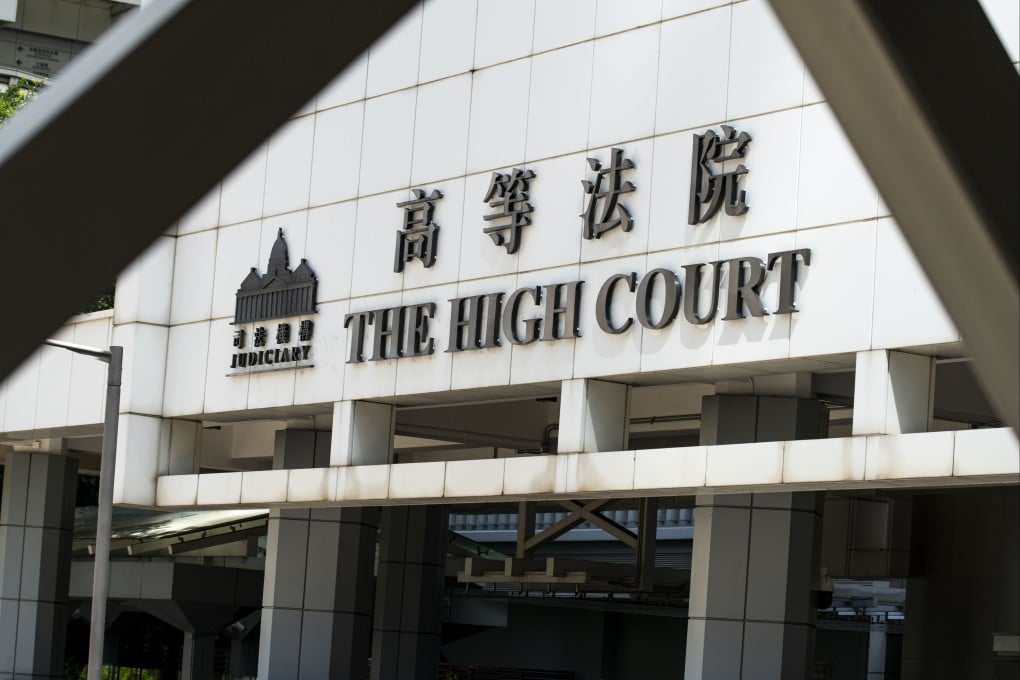Alleged mastermind behind murder of Hong Kong triad leader left city and sneaked back in to create alibi, court hears
- Prosecution says Leung Kwok-chung, a senior member of Wo Shing Wo triad group at the time, coordinated fatal ambush of Sun Yee On rival on August 4, 2009
- ‘He was there to make sure this [attack] was executed according to their plan,’ prosecutor tells jury as he explains suspect’s decision to leave city and illegally return

The alleged mastermind of the murder of a triad faction leader in 2009 left Hong Kong just before the killing and sneaked back into the city to orchestrate the attack in a bid to create an alibi, the High Court heard on Thursday.
Leung Kwok-chung, then a senior member of the Wo Shing Wo triad group, was said to have led a group of 11 men in the fatal attack on Lee Tai-lung, of the rival Sun Yee On gang, on the forecourt of the Kowloon Shangri-La hotel.
The court heard that the 54-year-old defendant had left for mainland China about 55 hours before the killing and returned to Hong Kong illegally by speedboat to make sure the attack was carried out smoothly.
Leung on Thursday stood trial before a judge and jury of four men and three women at the High Court.